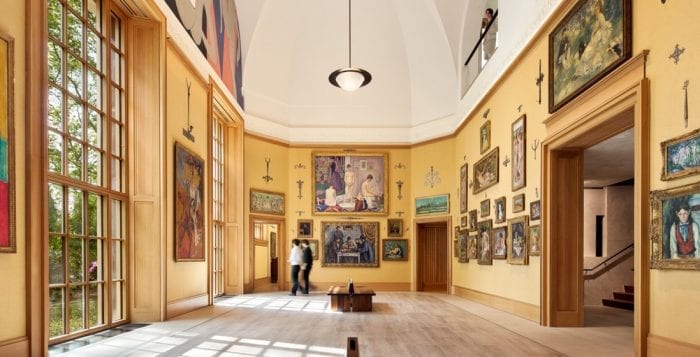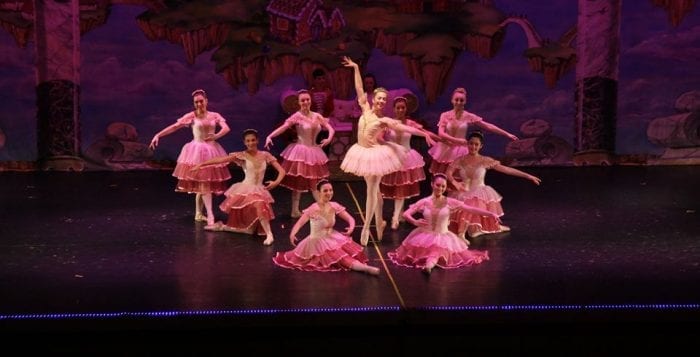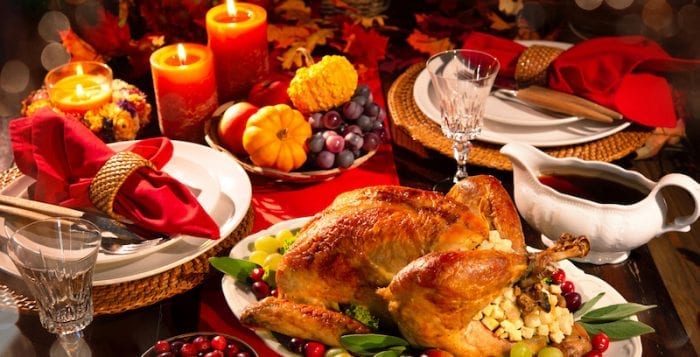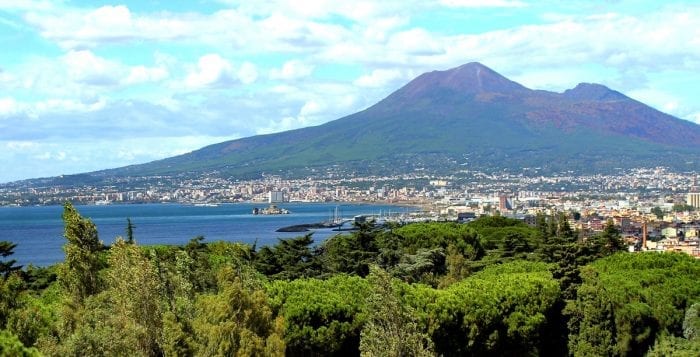By Leah S. Dunaief

This was the week that was. And what a week of atypical news it was. Let’s start with the coronavirus and its progression toward a pandemic. The global death toll stood at 492 as of Wednesday morning, according to NBC News, and confirmed cases top 24,000 in mainland China. More than 185,000 people are currently under medical observation, Chinese health officials said. Hundreds of U.S. nationals were removed from locked-down Wuhan and have arrived in the United States, as two more rescue planes landed at Travis Air Force Base in Northern California. Passengers will be quarantined for 14 days before being released. So far, there have been 11 cases in the U.S. Trailing China with confirmed cases are Japan with 35, Singapore with 28, Thailand with 25 and South Korea with 19. But the virus has definitely spread beyond Asia and has been found in Germany, France, Britain, the United Arab Emirates, Sweden, Finland and beyond. There are even 10 passengers with the virus from a cruise ship quarantined off the coast of Japan. Another cruise ship, with 3,600 aboard, has been quarantined in Hong Kong.
While there is talk of work on a coronavirus vaccine, health professionals agree it will take up to a year before such a vaccine would be available to the general public.
A traditional news event with an unusual twist was the president’s State of the Union address Tuesday night in the House of Representatives that had voted to impeach him. Extreme partisanship was on display at the start when President Donald Trump (R) did not shake hands with House Speaker Nancy Pelosi (D) — second in the line of succession to the highest office next to Vice President Mike Pence (R). Then the speaker tore up a text of the speech as the cameras were rolling immediately at the end of the president’s talk.
As residents listened for the results of the Iowa caucuses, the first indication of voter sentiment in a presidential election year, the new app relaying the results that the Iowa Democratic Party planned to use broke down, and those trying to log in or download it had no training for the task. Fortunately, there seems to be paper backup for the votes, but it takes time for the voting cards to be counted by hand. According to partial returns so far, still only 71 percent, former Vice President Joe Biden is trailing the other three leaders: Pete Buttigieg, the former mayor of South Bend, Indiana, and the youngest candidate at age 38, has a slim and unpredicted lead over Sen. Bernie Sanders followed by Sen. Elizabeth Warren. Even as people await the final results, the scene is now shifting to the second voting site and the first primary in the nation, that of New Hampshire.
Back in Washington, the vote in the Senate to impeach the president was another historic and unprecedented news item. The partisan wrangling in the House and Senate between the two major parties has been constantly on display throughout the impeachment hearings the past months. The drama was put forth with an eye to the coming elections and promises a hard and bitter fight from now until November.
A little bit of relief was provided by the annual football contest, the Super Bowl, this past Sunday evening. For those who watched, the fourth quarter provided much excitement and an intensity that blocked out even the loudest grim news. Three cheers for the 24-year-old quarterback, Patrick Mahomes of the Kansas City Chiefs, who brought his team back from defeat and became the youngest winner of both a Super Bowl and a regular season NFL (2018) MVP award.
Then there is Harvey Weinstein and the trial that, for me, is too much in the news. The constant stream of rape details that are being eagerly reported is a nauseating backdrop for the aforementioned news. There will undoubtedly be a movie.
Speaking of movies, the Academy Awards, popularly known as the Oscars, are coming this Sunday, and they should provide distraction from the heavier events. And isn’t it interesting to learn from a recent news article, that there are probably more than 10 million American nudists? See, you can find happy news if you just try.
















